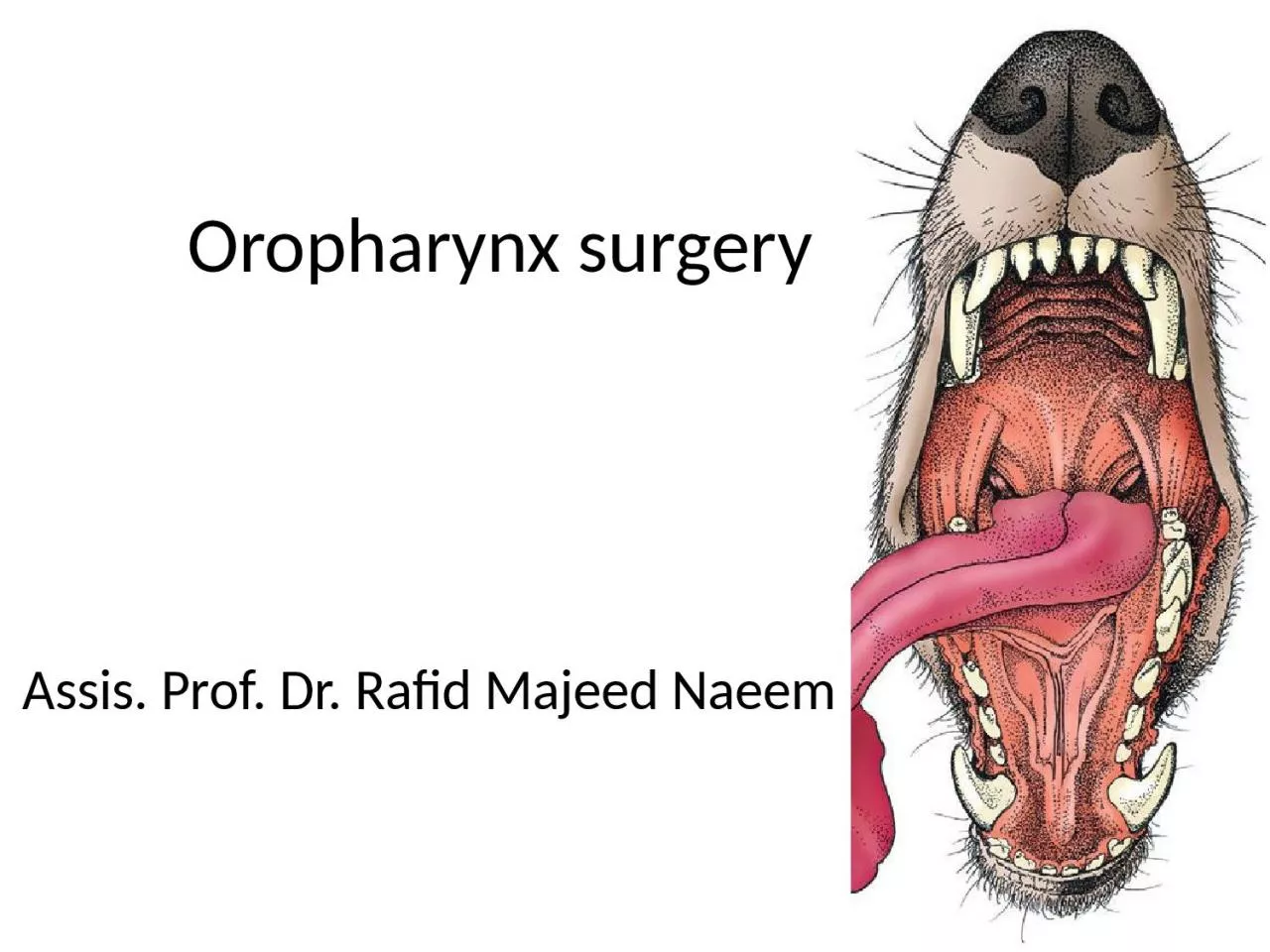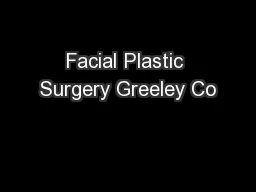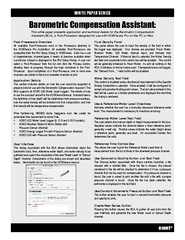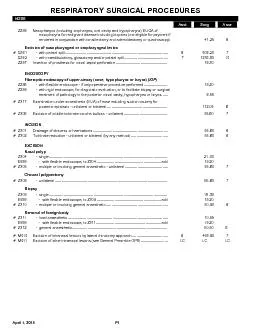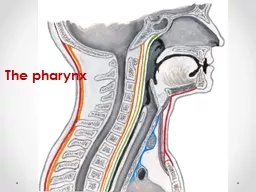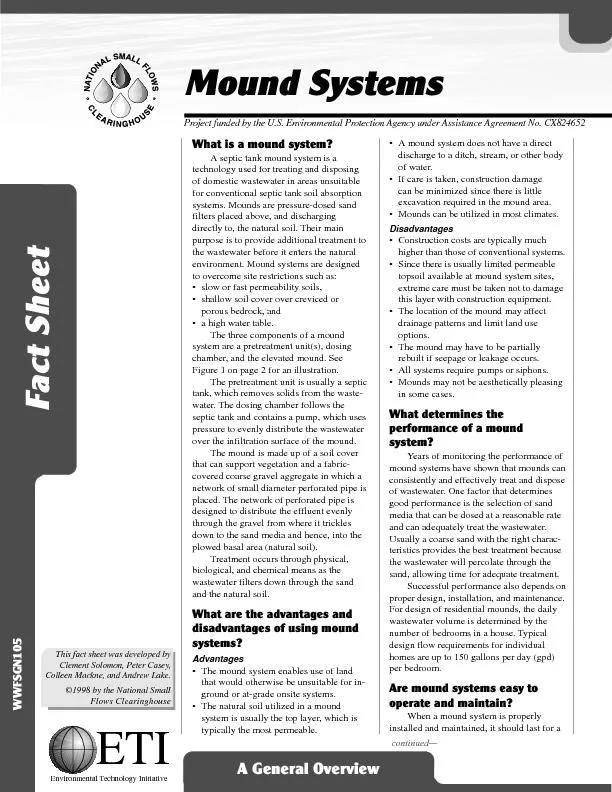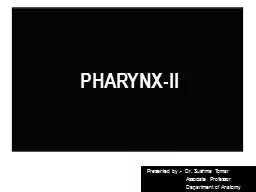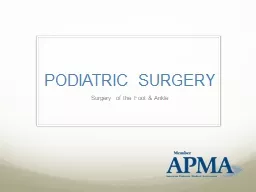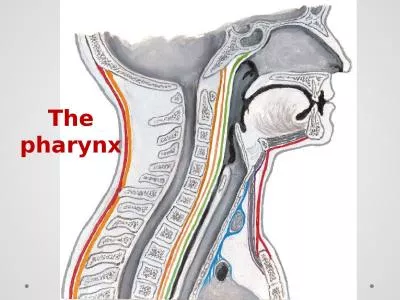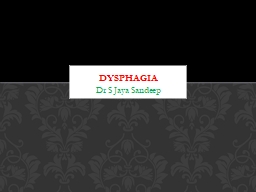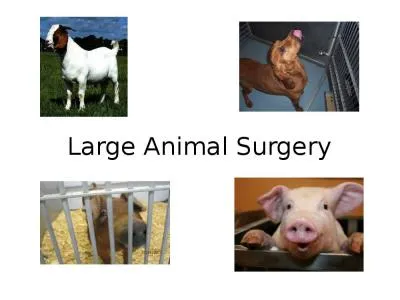PPT-Oropharynx surgery Assis
Author : DancingDragonfly | Published Date : 2022-08-04
Prof Dr Rafid Majeed Naeem Tongue surgery The tongue is the most versatile organ in the oral cavity It is responsible for food prehension water lapping sucking
Presentation Embed Code
Download Presentation
Download Presentation The PPT/PDF document "Oropharynx surgery Assis" is the property of its rightful owner. Permission is granted to download and print the materials on this website for personal, non-commercial use only, and to display it on your personal computer provided you do not modify the materials and that you retain all copyright notices contained in the materials. By downloading content from our website, you accept the terms of this agreement.
Oropharynx surgery Assis: Transcript
Download Rules Of Document
"Oropharynx surgery Assis"The content belongs to its owner. You may download and print it for personal use, without modification, and keep all copyright notices. By downloading, you agree to these terms.
Related Documents

